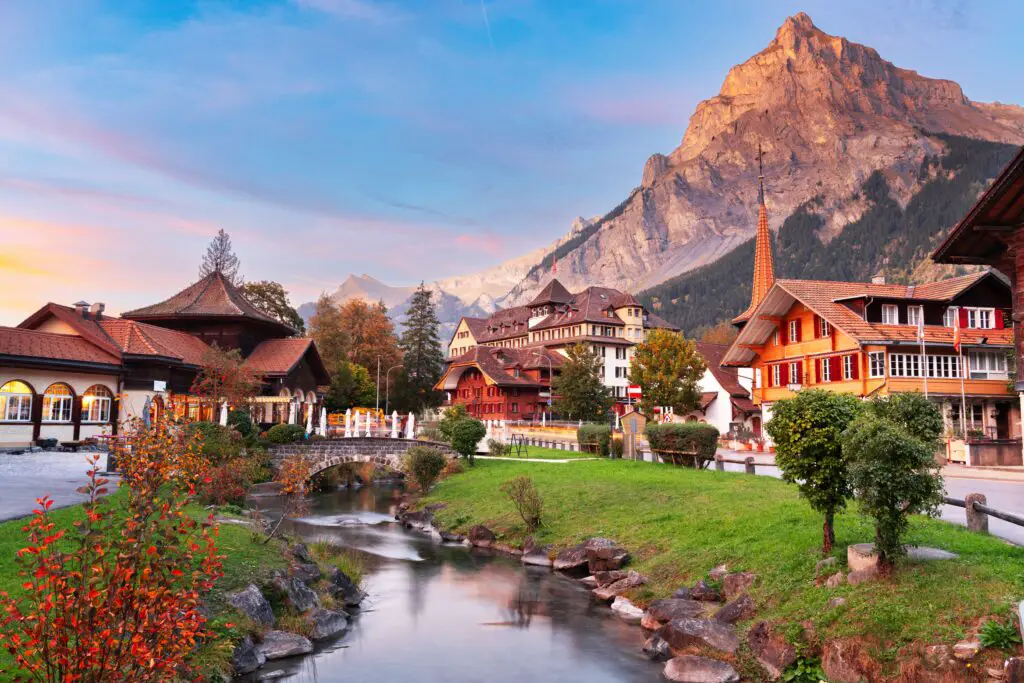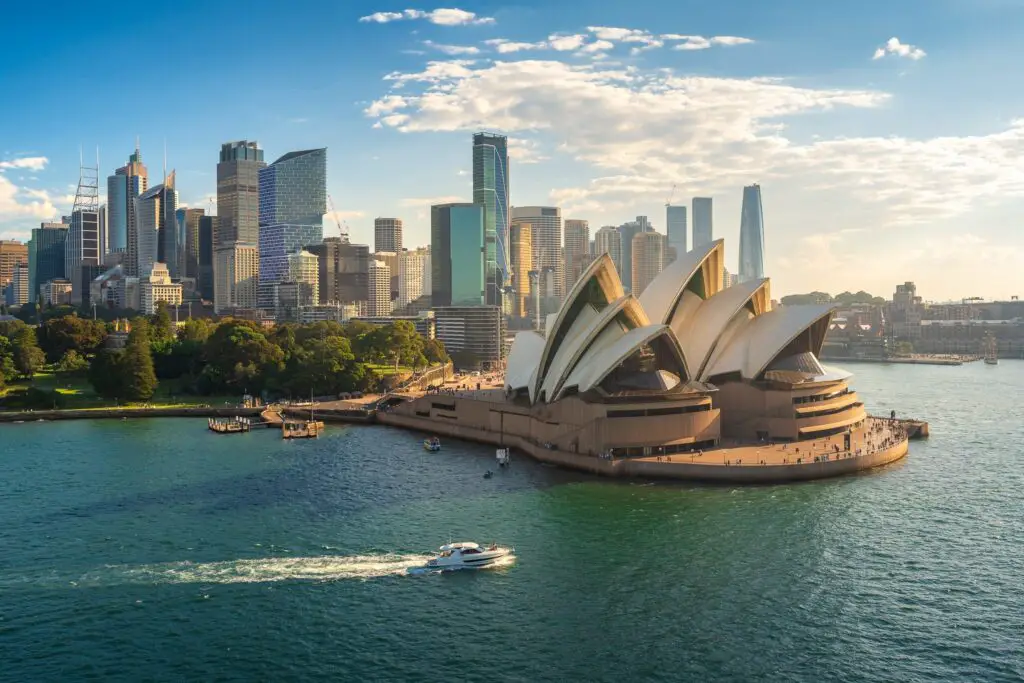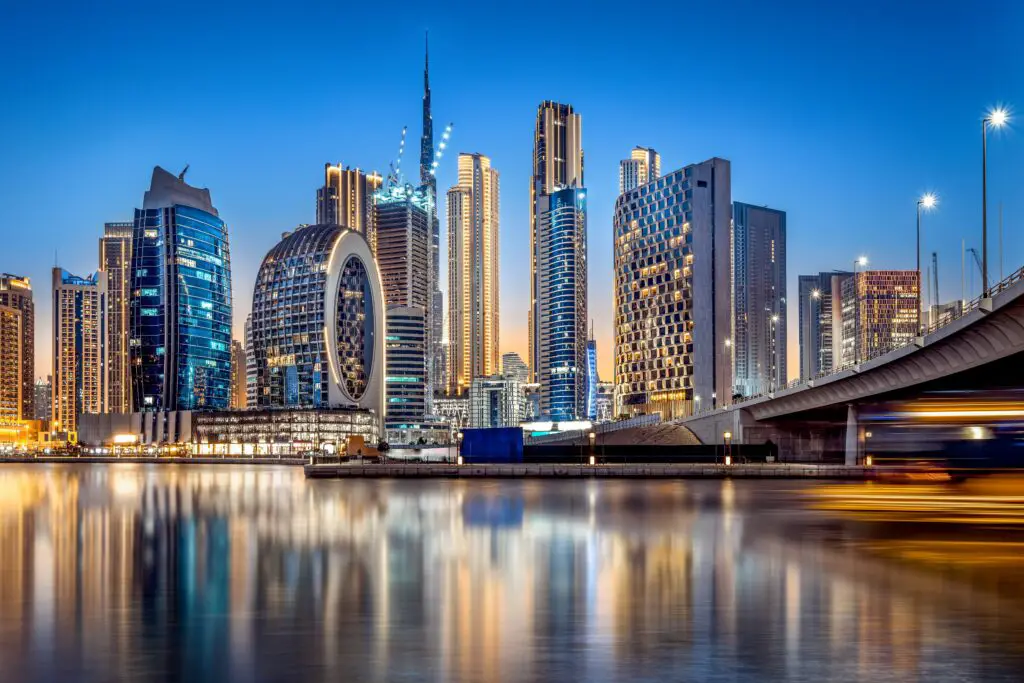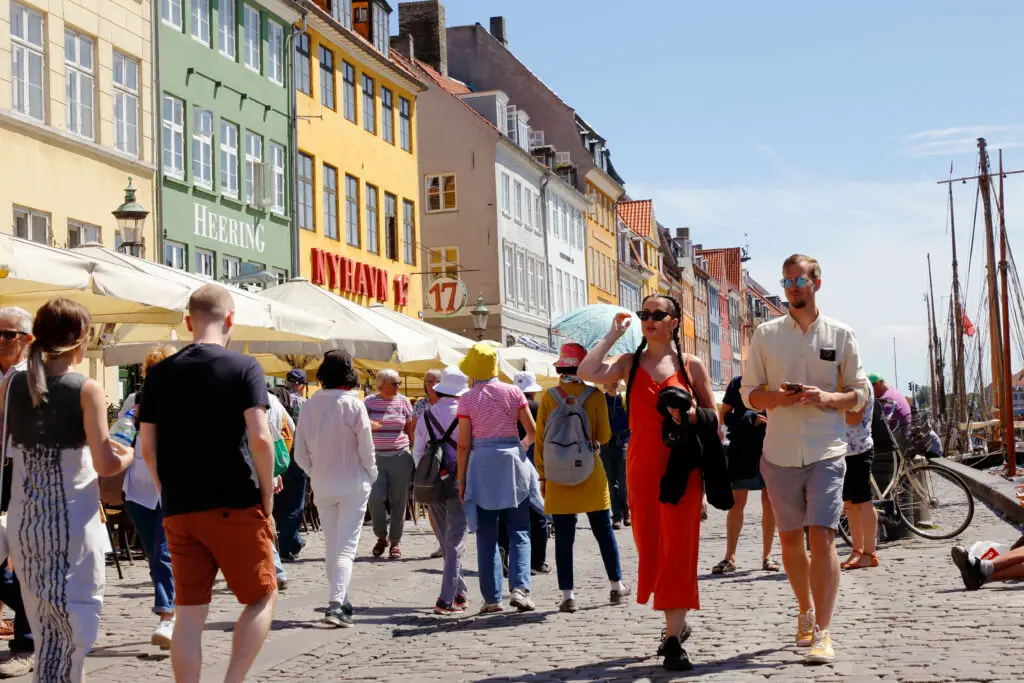1. Switzerland

Switzerland is one of those postcard-perfect places where everything looks serene and effortless—until you check the price tags. Even locals joke about how a sandwich and soda can set you back $20, and that’s not far from the truth. Housing costs are sky-high, especially in cities like Zurich and Geneva, where even modest apartments can cost a small fortune. The average income is technically high, but when rent, health insurance, and everyday expenses pile on, the middle class often feels squeezed says CNBC.
The cost of childcare alone can feel like a second mortgage, and eating out regularly is something many reserve for special occasions. It’s not uncommon to hear Swiss professionals say they feel like they’re barely keeping up. The country’s strong currency doesn’t help either—it inflates everything. Sure, the mountains are beautiful, but affording life beneath them? That’s another story.
2. Norway

Norway might boast high standards of living and generous social programs, but it’s also one of the priciest places to live in Europe. Groceries, dining out, and even a glass of wine can leave your wallet feeling a bit lighter. Oslo and Bergen have housing prices that rival New York, and while wages are decent, they don’t always go far when everything costs double. Many Norwegians quietly admit that affording a “normal” life can still feel like a grind says BBC.
Public services are great, but things like private tutoring, extracurriculars, or a new car feel out of reach for many in the middle. Even basic renovations on a home can get absurdly expensive, and most families have to plan carefully for what many would consider simple luxuries. Despite the wealth of the country, there’s a noticeable gap between the ultra-comfortable and the merely stable. Norway may be rich, but not everyone feels it in their bank accounts adds Fortune.
3. Singapore

Singapore is sleek, efficient, and modern, but it’s also one of the most expensive cities on Earth. Owning a car? That’s practically a luxury reserved for the wealthy, thanks to astronomical taxes and permit fees. Housing is a huge issue too—while public housing is common, private property prices are through the roof. Even a simple condo in a decent area can cost millions shares Singapore.
Many middle-class Singaporeans feel the pressure to “keep up,” especially with high expectations around education, appearances, and tech gadgets. Parents often spend heavily on private tutors and enrichment classes to help their kids compete. The city may look like a success story, but under the surface, a lot of folks are quietly budgeting every move. For a place so rich, it’s surprisingly easy to feel left behind.
4. Australia

Australia has a lot going for it—gorgeous beaches, a laid-back culture, and a booming economy—but it’s also surprisingly tough for middle-class families. Sydney and Melbourne have some of the highest property prices in the world, and rent alone can eat up most of a monthly paycheck. Even groceries and utility bills have climbed to the point where families are reevaluating their budgets constantly. And let’s not even get started on childcare costs.
Although salaries are competitive, they often don’t stretch as far as you’d expect. Middle-class Australians are increasingly taking on side gigs just to afford vacations or home improvements. The cost of living has outpaced wage growth, leaving many wondering where all the money goes. It’s not that they’re struggling—but they’re not exactly thriving either.
5. Iceland

Iceland is breathtaking, but so are the prices. Almost everything is imported, which means a quick grocery run can feel like a luxury shopping spree. Even basic produce and pantry staples come with sticker shock, and dining out can easily blow through a day’s budget. Rent in Reykjavik is no joke either, and options are limited.
Middle-class Icelanders often say they feel like they’re treading water financially, despite solid education and job prospects. Vacations abroad are pricey since you’re already on an island, and domestic travel isn’t much cheaper. Heating bills, especially in the colder months, can add another layer of financial strain. In a country with so much natural wealth, many still feel like they’re just getting by.
6. Luxembourg

Luxembourg is tiny, wealthy, and home to major financial institutions—but it’s not immune to the feeling that middle-class life is harder than it should be. The housing market is especially brutal, with prices so steep that even well-paid professionals struggle to buy. Many end up commuting from neighboring countries just to afford a place to live. Everyday costs, from groceries to clothing, also run high.
It’s a place where people often feel pressured to project a certain lifestyle, even if it means stretching their budgets. Despite generous social benefits, the general cost of living makes even basic comforts feel like luxuries. Families trying to raise kids here often feel the financial pinch from every direction. For such a rich nation, the affordability gap is surprisingly wide.
7. United Arab Emirates

Dubai and Abu Dhabi sparkle with luxury, but for many middle-class residents, the reality is far less glamorous. Rent is astronomically high, and while salaries are tax-free, the cost of everything from school fees to healthcare quickly chips away at earnings. There’s also constant social pressure to live a flashy lifestyle, which adds financial strain even when it’s not sustainable.
Most expatriates don’t get the same social safety nets as citizens, which means many middle-class families feel stuck in a weird limbo—making good money on paper but saving very little. Education costs alone can rival those of top private schools elsewhere. While the skyline glitters, plenty of people feel like they’re quietly hustling just to keep up appearances. In this playground for the rich, middle-class life is more illusion than ease.
8. Ireland

Ireland’s economy has seen a major boost in recent years, but it’s also brought a steep rise in living costs. Dublin, in particular, has become increasingly unaffordable for the average worker. Rent takes a huge bite out of income, and there’s a growing concern over the cost of utilities and transportation. Even a trip to the grocery store feels noticeably pricier than it did a few years ago.
Middle-class families often feel like they’re one big expense away from financial stress. Despite solid job growth, many still rely on government assistance for things like childcare. The wealth in the country isn’t evenly distributed, and the middle seems to be shrinking. It’s hard to feel successful when your paycheck disappears by the middle of the month.
9. Canada

Canada is known for its friendliness and quality of life, but living costs have soared in recent years. Cities like Vancouver and Toronto have housing markets that leave even dual-income families gasping for air. Renters are often forced into bidding wars, and first-time homebuyers feel like they’re chasing a moving target. Meanwhile, groceries, gas, and utilities just keep climbing.
A lot of middle-class Canadians are dealing with rising debt levels, trying to balance student loans, mortgages, and everyday expenses. Even with decent salaries, many feel like they’re not gaining ground. Saving for retirement or a child’s education can feel like a luxury. It’s a wealthy country, but that wealth doesn’t always trickle down.
10. Japan

Japan is a country of contrasts—high tech and tradition, skyscrapers and serenity—but it’s also home to surprising financial stress. Wages have remained relatively stagnant for years, even as living costs in cities like Tokyo continue to climb. Rent isn’t outrageous, but the cost of raising a child, commuting, and simply maintaining a home adds up fast. There’s also intense pressure around education, with many parents shelling out for cram schools.
Middle-class families often feel the squeeze, especially as savings accounts dwindle in the face of rising costs. Eating out regularly or traveling is something many reserve for special occasions. While Japan has a reputation for prosperity, a lot of people are just trying to stay afloat. It’s a quiet kind of financial strain, but it’s very real.
11. Denmark

Denmark consistently ranks high in happiness reports, but that doesn’t mean life’s cheap. Taxes are extremely high, and while they fund great services, they also mean people take home less of their paycheck. Housing in Copenhagen is expensive, and finding a decent place on a middle-class income is tough. Even everyday items—from coffee to shoes—are noticeably pricier than in neighboring countries.
Many Danes manage by budgeting carefully, but they admit there’s not always much left for fun. Families often rely on both parents working full-time just to maintain a stable lifestyle. The generous social system helps, but it doesn’t cancel out the sense that money doesn’t stretch very far. Even in a country that works well, financial breathing room can feel tight.
12. Israel

Israel has a thriving tech scene and a reputation for innovation, but it’s also one of the most expensive places to live in the Middle East. Tel Aviv regularly ranks among the world’s priciest cities, with housing costs that have left even upper-middle-class families feeling squeezed. Salaries haven’t kept pace, which makes budgeting a constant challenge. Groceries and transportation also carry a hefty price tag.
Many Israelis feel they’re working harder for less, despite living in a country known for its brains and creativity. It’s not unusual for middle-class families to feel stressed about long-term savings or even day-to-day expenses. Public services don’t always offset the strain either. It’s a rich country in many ways, but it doesn’t always feel that way from a kitchen table perspective.
13. South Korea

South Korea’s economy is booming, but life for the average citizen doesn’t always reflect that. Seoul, in particular, has become an increasingly expensive place to live, with real estate prices shooting through the roof. Education is a massive financial burden, with parents spending large chunks of their income on private tutors and test prep. Healthcare is good, but not always cheap.
Middle-class workers face long hours and high pressure, with little time to enjoy the comforts they work so hard for. Even small luxuries, like dining out or traveling, are often reserved for holidays. The societal expectations of success come with high costs—financially and emotionally. For all the glitz and growth, many South Koreans still feel like they’re running in place.
